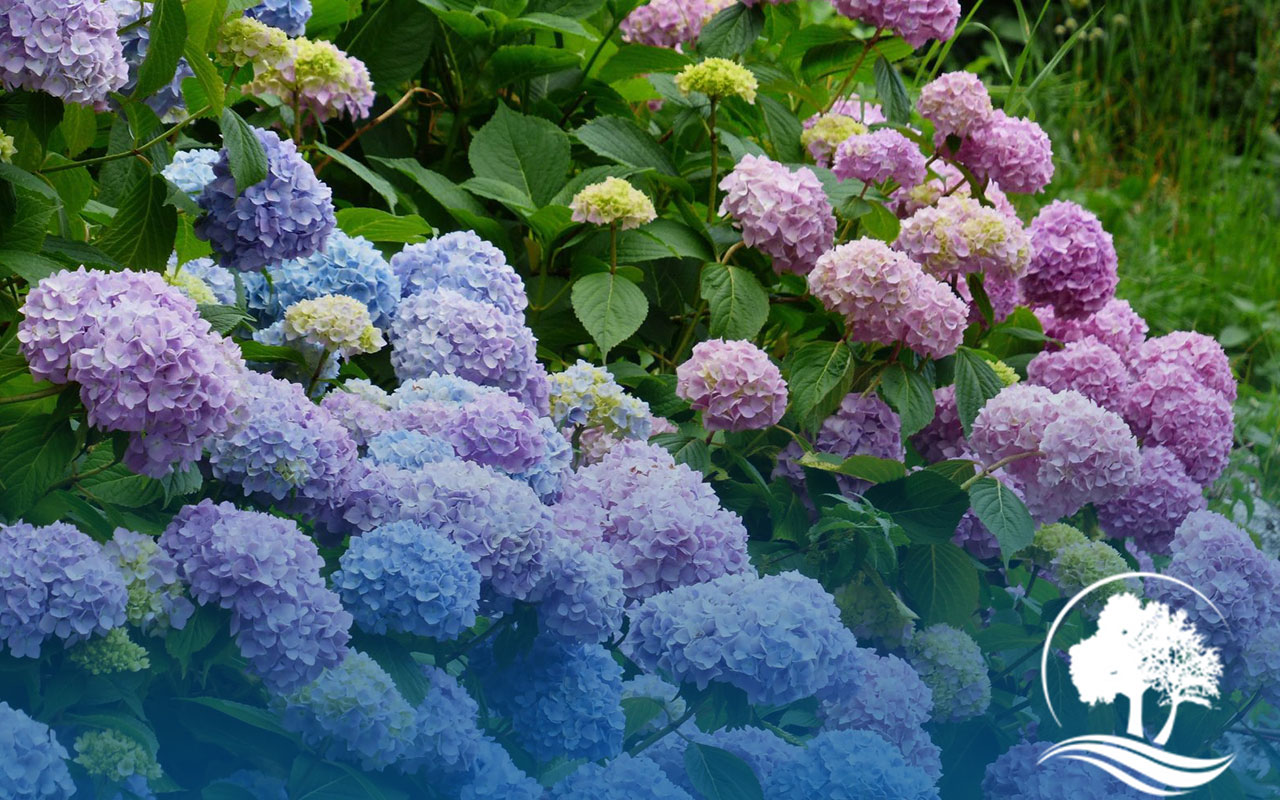
Hydrangea pruning is essential for maintaining healthy, vibrant blooms year after year. However, improper trimming can lead to weak growth and fewer flowers. Whether you’re a homeowner or a business owner in Baltimore, knowing the right way to prune your hydrangeas can make all the difference. Proper pruning not only enhances the plant’s appearance but also promotes stronger growth and abundant flowering. If done incorrectly, you risk cutting off the buds for next season’s blooms. That’s why understanding the right techniques and timing is crucial.
Hydrangea Pruning: A Step-by-Step Guide
Understanding When to Prune Hydrangeas
Different types of hydrangeas require pruning at different times. Before grabbing your shears, determine which type you have:
- Bigleaf Hydrangeas (Hydrangea macrophylla): Prune in late summer, right after they bloom. They develop flower buds on old wood, so pruning in winter or early spring will remove the upcoming blooms.
- Oakleaf Hydrangeas (Hydrangea quercifolia): Like bigleaf varieties, prune right after flowering in summer.
- Panicle Hydrangeas (Hydrangea paniculata): These are pruned in late winter or early spring before new growth starts.
- Smooth Hydrangeas (Hydrangea arborescens): These bloom on new wood, so prune them back in late winter or early spring for optimal growth.
Essential Tools for Hydrangea Pruning
Using the right tools makes pruning easier and prevents damage to the plant. Have these on hand:
- Sharp pruning shears for clean cuts that heal quickly
- Long-handled loppers for thick or older branches
- Gardening gloves to protect your hands from cuts and irritation
- Disinfectant spray to clean tools and prevent disease spread
How to Properly Prune Hydrangeas
Follow these steps to ensure proper pruning without harming your plant:
- Identify your hydrangea type to determine the best time to prune.
- Remove dead or damaged branches at the base to encourage healthy growth.
- Trim back old wood if your plant blooms on new wood. Cutting last year’s stems promotes fresh growth.
- Shape the plant by lightly cutting back overgrown branches for a balanced look.
- Cut above a healthy bud to encourage strong new growth.
Common Mistakes to Avoid
Many people make errors when pruning, which can reduce flower production. Here are some common mistakes:
- Pruning at the wrong time removes flower buds, reducing the number of blooms.
- Over-pruning weakens the plant and stunts growth.
- Ignoring dead branches allows disease to spread.
- Using dull or dirty tools causes jagged cuts and increases the risk of infection.

Why Proper Hydrangea Pruning Matters
Pruning your hydrangeas correctly leads to:
- Stronger, healthier growth
- More abundant and vibrant blooms
- Better air circulation, reducing the risk of disease
- A well-shaped and visually appealing plant
Contact Us for Expert Hydrangea Pruning Services
Pruning hydrangeas can be challenging, especially if you’re unsure about timing and technique. Our certified ISA Arborist team is here to help. We provide residential and commercial pruning services in Baltimore to keep your landscape looking its best. We are licensed, insured, and BBB-accredited, ensuring expert care for your plants. Contact us today to schedule professional pruning services.
